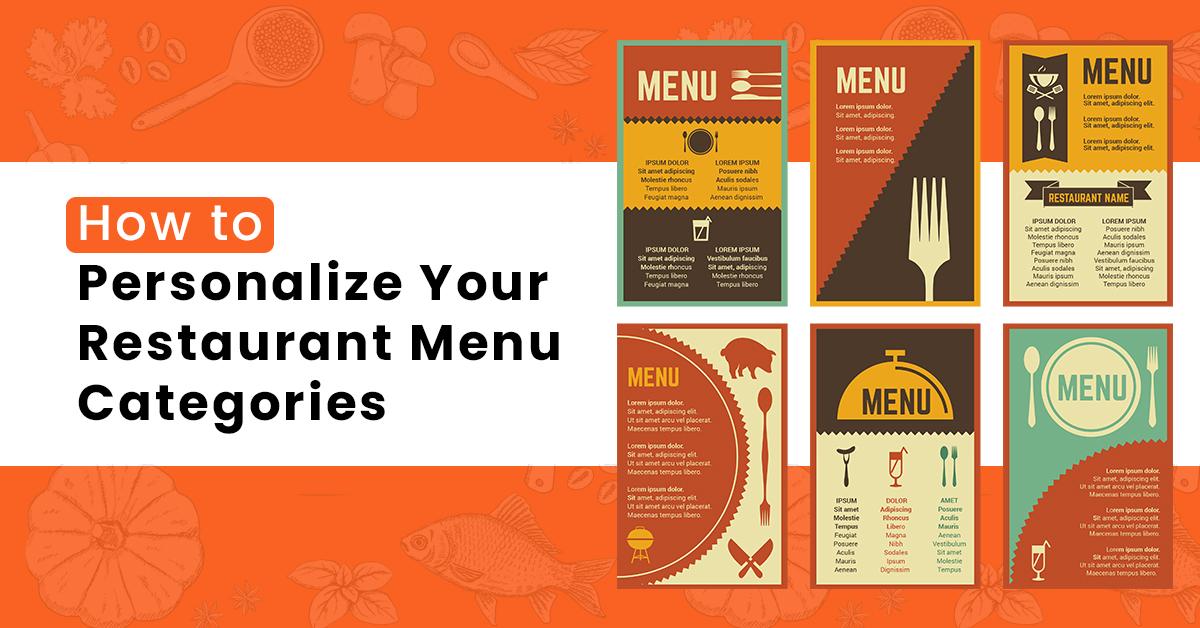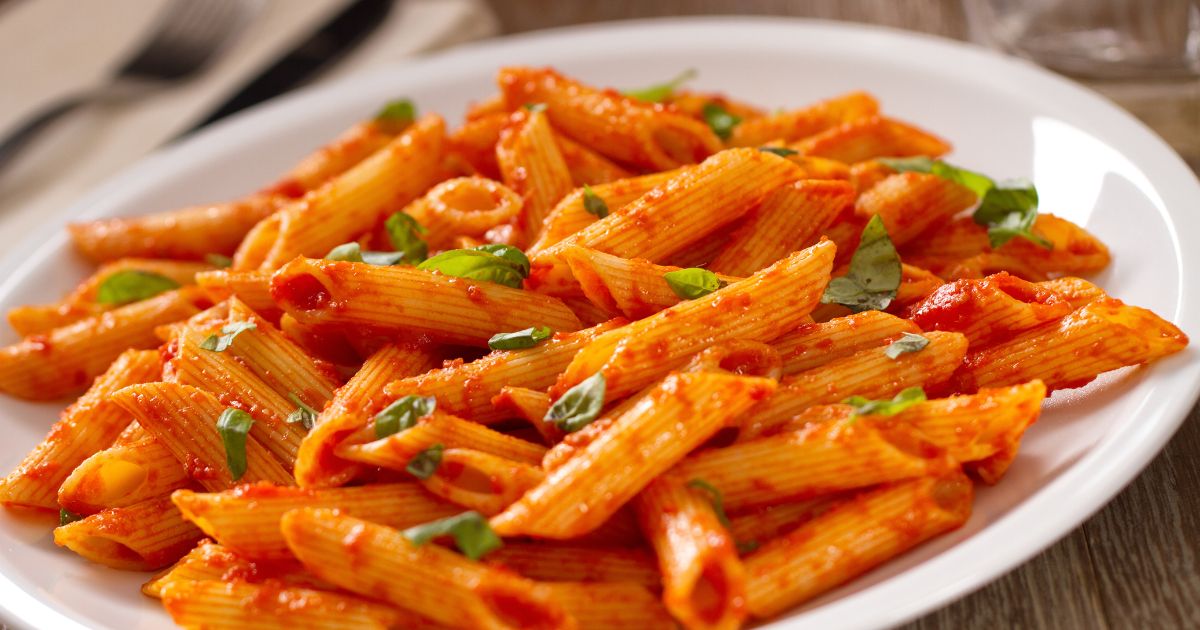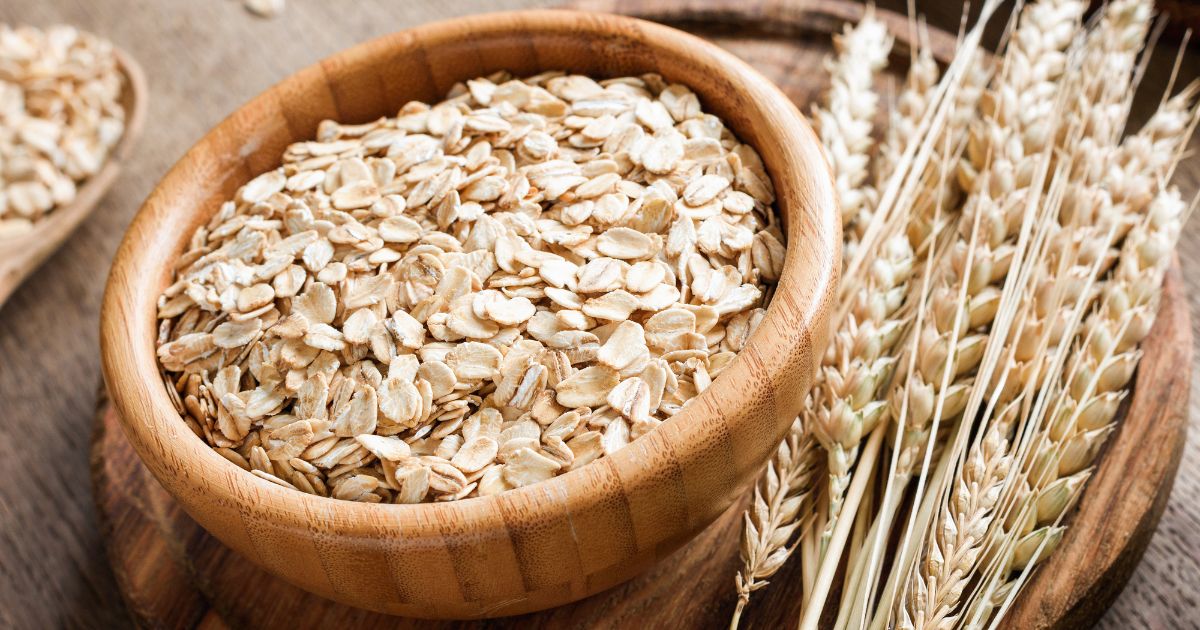90% of diners search the restaurant online before choosing where to eat. On the other hand, 57% of people visit the restaurant’s website to explore the menu before visiting the restaurant.
It means your restaurant menu is vital in attracting new customers or surging sales. Restaurants can plan the design and categorization of a restaurant menu in a way to get maximum benefits and profits.
Read the blog to learn the ways to customise your restaurant menu that will attract and engage more customers.
How to Personalise Menu Categories for Maximum benefits?
Categorise Menu Items
Menu engineering involves four categories in which restaurant owners can classify their menus. The four categories are-
- Stars: Very popular and highly profitable dishes.
- Plow-horses: Popular but less profitable
- Puzzles: Highly profitable but less popular.
- Dogs: Neither popular nor profitable.
Restaurateurs can perform a cost and sales data analysis and divide various dishes into quadrants. Here are the tips on how to create a menu to promote menu items divided into these categories.
Stars: Make these items stand out to draw maximum attention from your customers.
Plow-horses: Since the dishes are popular, keeping them on the menu is good. They may be the source of attracting customers. However, restaurants can find ways to upgrade these dishes to make them more profitable.
Puzzles: Though not very popular, these dishes are profitable. So, highlighting these dishes will help earn higher profits. Restaurant owners can also turn these dishes into star dishes.
Dogs: Since the dishes are neither profitable nor popular, consider keeping them but in limited proportion.
Classifying the menu items right requires initial efforts, but this is highly profitable in the long run. A strategic approach is more beneficial than a trial-and-error approach.
Place High-Margin Items in the Golden Triangle
As per the psychology of menu design, when customers read a page (menu), they look at the centre first, then the top right and finally the top left. It is called the golden triangle. So, restaurateurs can boost their profits by placing their star dishes in the golden triangle.
Highlight One High-Margin Item per Category
Putting star dishes that bring higher profits might not be enough to make them stand out. It is important to highlight these dishes to draw the attention of customers.
Bold, Italics, different colours, a different font, or put inside a box all these can help to bring to the notice of people. However, take care not to over-highlight as it will distract and agitate the customers. A clean menu with enough hints and clues for customers for your best-selling dishes will help boost sales.
Keep Minimal Photos
According to research by restaurant menu design expert Gregg Rapp, adding only a single food image to the menu can boost sales by 30%. Adding more photos makes the menu look cluttered, confusing customers. So, adding one or minimal photos is good.
In addition, mind the image quality as it matters a lot. Poor-quality images will affect your brand image negatively among your customers.
Adding high-definition food images to your online ordering system is more enticing than on a physical menu. Beautiful photos of the meal they are about to eat spice up their taste buds, and they are more curious to try various dishes.
Include Menu Modifiers
Have you ever been enticed by an extra topping on your dessert that made you order that dessert? Not just you, but we all get attracted by these modifiers in the menu, and we end up giving higher sales to the restaurants.
Adding menu modifiers drive higher sales. And adding unusual modifiers to the menu can boost sales even more- for instance, a coffee or liquor with dessert. However, include options that you will be able to manage effortlessly.
Consumer Cost Psychology
Considering customer psychology also helps design the menu well. Customers tend to order cheaper dishes more than expensive ones. So, you can place dishes that are cheaper but have higher profit margins next to the expensive items. Thus, it helps highlight both dishes, offer a complimentary dish, and increase revenue.
Manage the Menu Size
Mind the size of your menu. Avoid adding too many dishes to the menu, making it look cluttered. Instead, it is better to narrow down the menu to specific dishes that help make good sales.
Limited options help customers to make a quick decision while avoiding chaos. Small size menu does not mean a drawback; instead, you can use it as an advantage. Include rare authentic or local dishes to attract more traffic and stay ahead of the competition.
When you have a limited menu size, you can reduce the load on staff to maintain a wide variety of raw ingredients. It helps increase the efficiency of the kitchen staff as they can focus on limited dishes and consistently maintain the taste and quality.
Update Your Menu for Cross-Selling
Have you ever purchased anything from Amazon, Flipkart, or eBay? Then you must have read this line very often- “Frequently bought together.”
The section shows the complimentary items that users can buy along with the main item. And this is cross-selling.
Cross-selling encourages people to purchase complementary products and thus increase the company’s revenue.
Cross-selling is popular with online retailers, it can work well for restaurants as well. It is good to take inspiration for restaurant menu ideas to give it simple and creative tweaks and see increased profits.
Look at the following tips and modifications to your menu for cross-selling-
Analyse your current menu
You can analyse your menu and previous sales data to determine the items customers often like to purchase together. For instance, people often prefer to order garlic bread with pizza. You can note these items and group them in pairs for easy reference.
Highlight items for cross-selling
Highlighting menu items that you want to sell more is always beneficial to earn higher revenue. Similarly, highlighting complimentary items for cross-selling will also help bring these items to the notice of the customers. For example, restaurants can mention the complementary dish right below the main dish.
Keep the Menu Updated
With time, you will have new visitors and customers in your restaurant. Every new customer will come with a unique taste and new demands. Thus, it is important to update the menu timely.
Restaurant owners can analyse previous menu and sales to identify the food items that offer the most sales. Also, the dishes that do not contribute much to sales.
It will give an idea of what customers like the best about your restaurant. Restaurants can create more variations of the dishes that sell the best.
Conclusion
Every food business owner knows the fact that how important it is to create a customised menu for the growth of your business. A personalised and customised menu will help you attract the right audience. Food business owners can customise the menu based on the choices and tastes of their customers.
However, customising a menu should be easier and more independent for restaurant owners. Try Foodiv- the online food ordering system that enables owners to customise the menu whenever they need it.




